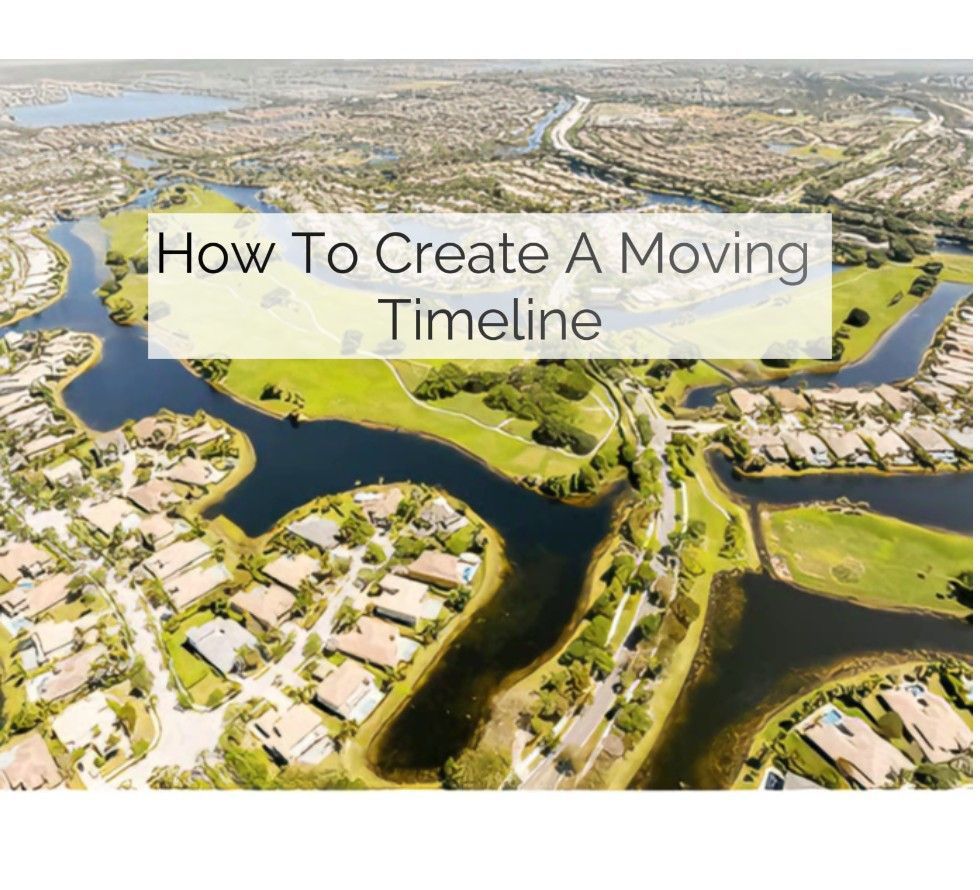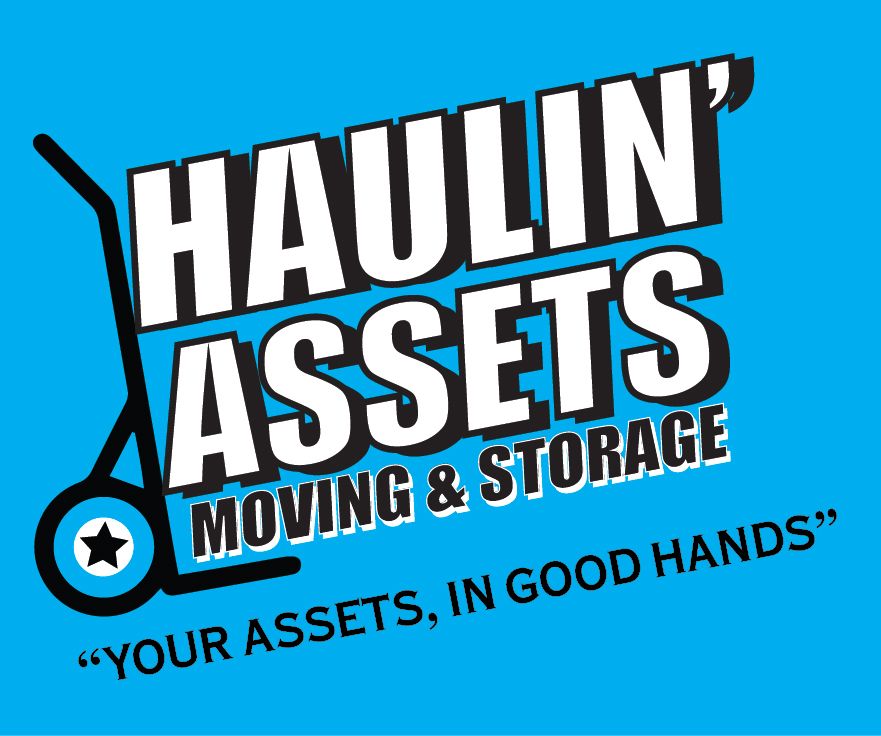If you’re wondering what living in Pompano Beach feels like, you will find everything you need to know about this place, from its aesthetic beaches and housing options to its vibrant community and exciting amenities.
You might have other questions regarding Pompano Beach as well.
Don’t worry, you will get all your answers in this blog.
Things To Know About Pompano Beach
Cost of Living
Before you move to a different city, it’s important to research the living costs. In Pompano Beach, the cost of living is relatively moderate compared to other cities in South Florida. Here’s a breakdown of the cost of living factors:
- Housing: The cost of housing in Pompano Beach depends on various factors such as location (proximity to the beach, waterfront properties), property type (condos, single-family homes), and size. If you want to live isolated and proximity to water is unimportant, you can get economical options. However, waterfront properties and those closer to amenities and beaches generally command higher prices. If you look at the Realtor reports, the average median listing home price is $390.3K. The average median listing home price/Sq ft is $333 and the average median sold home price is $385K.
- Utilities: The utility costs also contribute significantly to living costs, so you must check the basic bills, including water, electricity, heating, and cooling. Since Pompano Beach has a tropical climate, the cooling costs may increase. Here are basic utilities costs as per Living cost’s reports:
- Basic Energy Bill – $188.14 Mobile Phone Bill – $202.39 Internet Plan – $66.2
- Transportation: You should also consider transportation costs, especially if your work involves frequent travels. These costs include expenses related to owning a car (fuel, maintenance, insurance) or using public transportation. Here are basic transportation costs as per Living cost’s reports:
- Gasoline (1 liter) – $0.91 Taxi Ride (Normal Tariff) – $16.3 Monthly Ticket Local Transport – $63.5
Crime Rates
As of recent data, Pompano Beach, like many cities, experiences varying levels of crime across different neighborhoods and areas.
Many factors influence the crime rate, such as law enforcement efforts, population density, and community initiatives.
However, the overall crime rate in this city is 45% higher than the national average. As per Gitnux reports, For every 100k people, 9.31 daily crimes occur in Pompano Beach.
Although the number of violent crimes has been less in the last few years, it’s better to research again before you make a move.
Community & Lifestyle
Another reason why people shift to Pompano Beach is that it offers a vibrant community and a lifestyle that caters to a wide range of interests and preferences.
If you want to socialize, you can participate in various community events like beach cleanups, educational workshops, and farmers’ markets organized by the city’s Community Services Department.
The dining scene of this city is also excellent as you get access to waterfront restaurants like Oceanic, Beach House Pompano, and Rusty Hook Tavern, which are known for serving fresh seafood, international cuisine, and beachside dining experiences.
Many other events and places also contribute to Pompano Beach’s dynamic community and lifestyle, which offers you diverse activities, cultural experiences, and opportunities for social engagement throughout the year.
Pros and Cons of Living in Pompano Beach
If you still have questions like “Is Pompano Beach a good place to live”, then here are some pros and cons of living here to help you give more clarity.
Pros:
Easy Beach Access
Mostly people come to Pompano Beach to enjoy the beautiful beaches and waterfront living. Pompano Beach Park is known for excellent amenities such as picnic areas, volleyball courts, and beachfront cafés.
It gives you direct access to the beach, so you can easily plan your family picnics here. Along with this, the Pompano Beach Fishing Pier is a favorite spot for anglers and beach goers alike.
Here you can enjoy panoramic views of the coastline and enjoy fishing, sightseeing, and leisurely walks along the pier.
Community Spirit
One great thing about this city is that it hosts various cultural events, music fests, and art exhibitions that bring people together from different backgrounds.
It has well-established community centers where you can get access to programs, classes, and social events for residents of all ages.
The Emma Lou Olson Civic Center and Herb Skolnick Community Center are perfect examples.
There are also many Neighborhood Watch programs, which ensure your family will feel safe and connected.
Outdoor Lifestyle
The outdoor life in Pompano Beach is amazing. Its proximity to the water makes it convenient for residents to enjoy water sports, access sandy shores, and experience beachside relaxation.
There are many parks and nature trails like the Quiet Waters Park and Fern Forest Nature Center where you can get opportunities for hiking, picnicking, birdwatching, and outdoor fitness activities.
Also, if you’re a golf enthusiast, you can enjoy playing rounds at local golf courses like Pompano Beach Golf Course and Palm-Aire Country Club.
Cons:
Traffic Congestion
One downside of living in this city is that it experiences traffic congestion. Although some public transport options are available, the availability and frequency of public transit routes may be limited, which increases the dependency on cars.
This can contribute to traffic congestion, parking issues, and environmental impacts related to vehicle emissions.
Besides time wastage, traffic congestion can impact your quality of life by increasing stress levels, commute times, and transportation costs.
Insurance Costs
Pompano Beach is located in a hurricane-prone region and is more likely to be hit by tropical storms.
This increased risk of natural disasters can lead to higher property insurance premiums for homeowners and businesses. Since it’s near the coast, you might have to obtain flood insurance to cover your properties, which can increase your insurance costs.
The good thing is that there are some proactive measures such as implementing safety measures, building resilience against natural disasters, and maintaining property conditions, which can help manage insurance risks and costs over time.
Best Places to Live in Pompano Beach
1- Kendall Green
Kendall Green can be a perfect place for people who want to experience waterfront living. You can easily find beautiful modern ranches and Minimal Traditional-style homes.
Also, you get access to beach schools like Palmview Elementary for young kids and Crystal Lake Middle for teenagers. This place also hosts many community events Old Town Untapped, which ensures you will get socializing opportunities as well.
2- Palm Aire
If you want an affordable home, then you should consider living in Palm Aire. Whether you like ranches, condos, or Spanish-style houses, this place will give you a wide of housing options.
Since it features various canals and lakes, families can easily plan a picnic or gathering and have a great time. You will find many good schools in this area like Calvary Christian Academy or Broadway Elementary.
The Fort Lauderdale Airport is also just outside the neighborhood, so it would be convenient for you to travel domestically or internationally.
3- Highlands
Highlands is another great place to live if you like beaches and water activities. Along with this, it also offers amazing restaurants with great food and green space.
If you enjoy family-friendly activities, then Fisher Family Pier can be the perfect spot. Since schools like Norcrest Elementary and Circle Time Preschool are nearby, you can be sure your kids will get a good education.
Although the housing costs will be slightly higher than Palm Aire, you can find great options, from cozy single-family homes to luxury apartments, townhomes, and spacious condos.
As you consider making Pompano Beach your home, remember that this city is more than just a destination—it’s a way of life.
Conclusion
Whether you want to start a new chapter of your life or simply looking for a change of scenery, Pompano Beach welcomes you with open arms and promises a life filled with warmth, beauty, and coastal charm.
One thing you should remember is that moving can be a hectic and tiring process.
So if you decide to move here, it would be best to use our local movers in Pompano Beach to make the move smooth and hassle-free.


